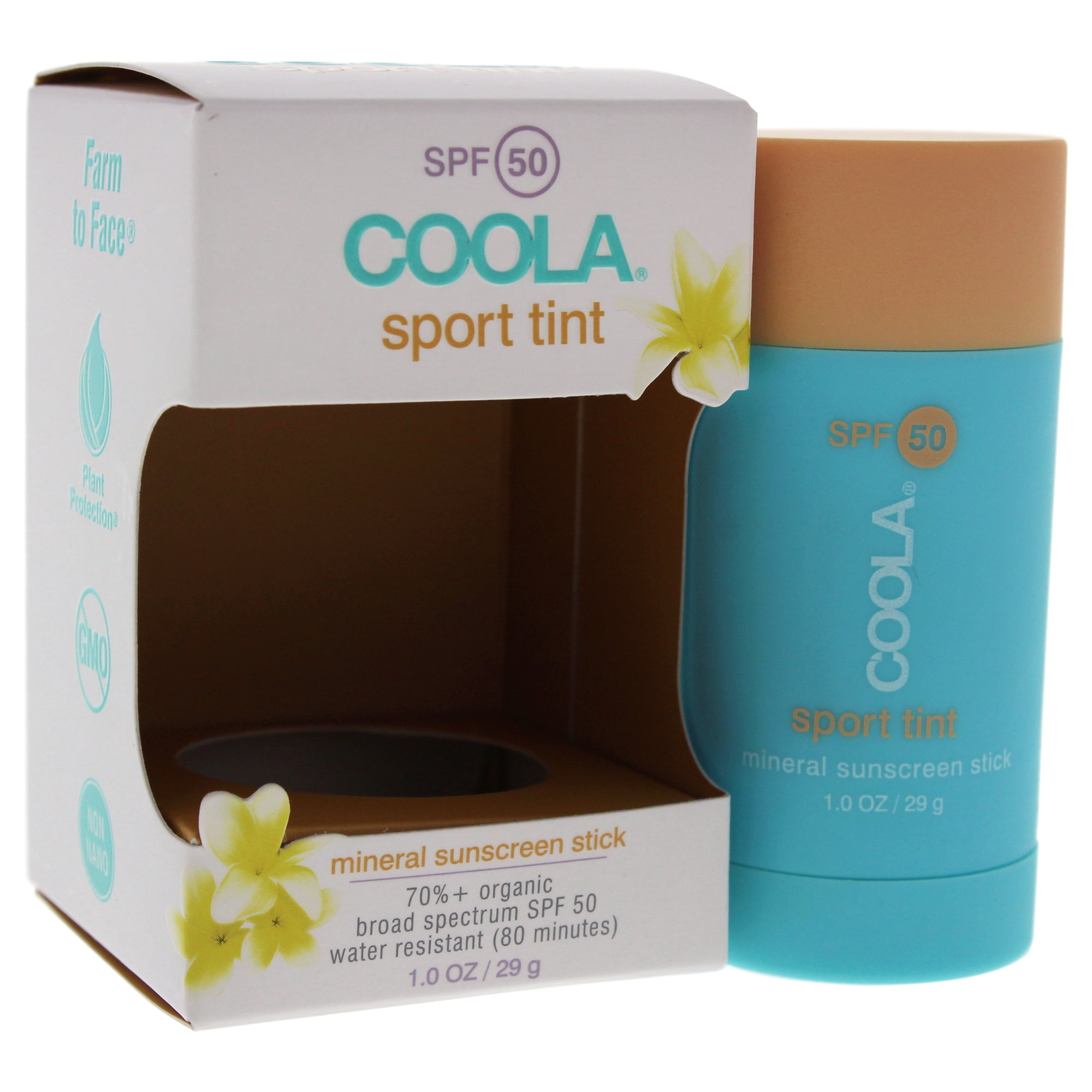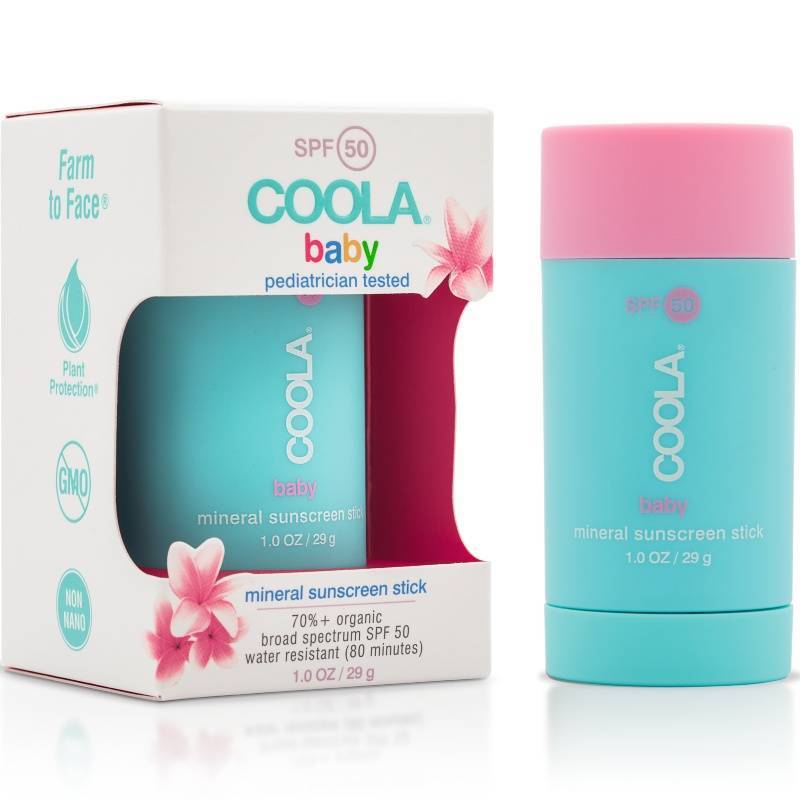

Facial sunscreens are formulated to be a little less oily, something that was borne out during testing and confirmed by our sources. A formula marketed specifically for the face: Though sunscreens designated for use on the body will protect your face just as well, for this guide we stuck mostly with options advertised as facial sunscreens.Our main sunscreen guide includes a more-detailed explanation of the differences among chemical, physical, and combination sunscreens, as well as information on ingredient safety and effectiveness. Sunscreens that rely on both types of blockers are known as combination sunscreens. Ingredients that rub in easily and don’t smell: By and large, sunscreens that use a blend of chemical UV filters (which absorb rays, but on their own can be smelly) and physical UV blockers (which act as a shield, but on their own can leave a white cast) are neither too smelly nor too hard to rub in.All of the ones we tried do provide protection against both.

#BABY COOLA SUNSCREEN SKIN#
The right amount of SPF: SPF 30 shields skin from 97% of the sun’s UVB rays, and it’s what the American Academy of Dermatology advises as a minimum for daily wear.


 0 kommentar(er)
0 kommentar(er)
